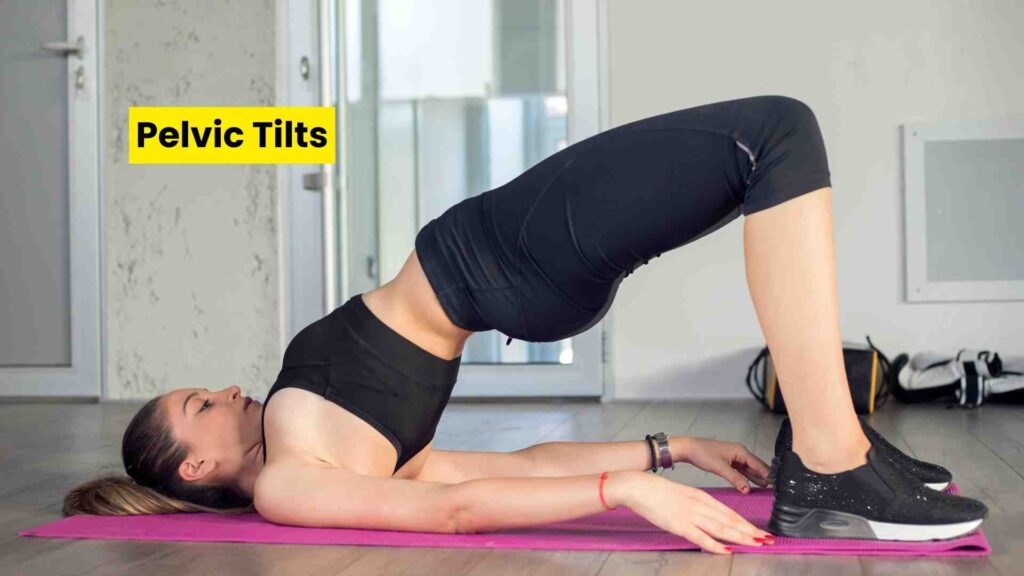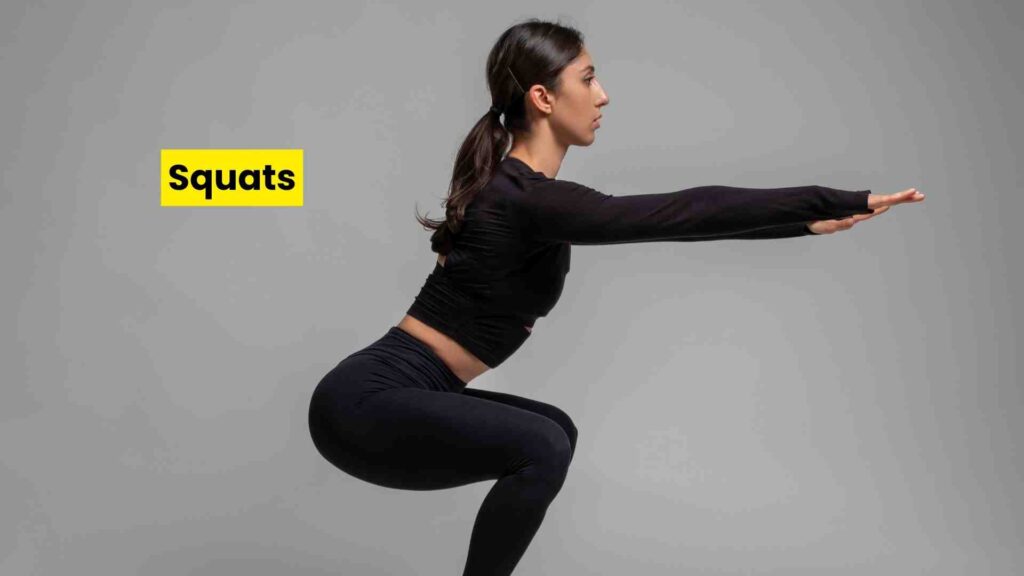Top Exercises for Normal Delivery You Surely Don’t Want to Miss
Since the day we learn we are pregnant, one of the key concerns that lingers in our minds is how to prepare our bodies for a normal and smooth delivery. What are the top exercises for normal delivery? We envision holding our little bundle of joy in our arms, but the journey to that moment can be exciting and daunting. As expectant mothers, we want to do everything possible to ensure a healthy pregnancy and a positive birthing experience.
One of the most effective ways to prepare for labor and delivery is through exercise. Yes, you read that right! Contrary to the traditional belief that pregnant women should take it easy, engaging in the right exercises can make a world of difference. Regular physical activity can help strengthen your body for the incredible task ahead, promote emotional well-being, and reduce the risk of complications.
In this blog, we’ll dive into a comprehensive list of exercises designed to help you prepare for a normal delivery. So let’s get started!
1. Kegel Exercise

Ever heard of Kegel exercises? They’re like magic for your pelvic floor muscles! As per a report, nearly two-thirds of women (65.5% or 241) reported practicing Kegel exercises during pregnancy.
They can significantly affect how smoothly labor and delivery go during pregnancy. Just tighten up those muscles as if you’re holding in pee, then relax. Do these regularly throughout the day, and you’ll be amazed at how much stronger and more resilient those muscles become without any heavy lifting!
2. Pelvic Tilts

Let’s talk about pelvic tilts now! As your belly grows, it can strain your lower back. Pelvic tilts support abdominal muscles, reduce backache during pregnancy, and ease delivery.
Lie on your back, knees bent, and slowly tilt your pelvis up, flattening your lower back against the floor. Hold for a few seconds, then release. Doesn’t that feel like a gentle massage for your aching back?
3. Squats

Squats are like your best friend! They help strengthen her legs, which is handy during labor when she needs to push.
Among those who practiced squatting exercises during pregnancy, a higher percentage (83.33%) had a normal vaginal delivery compared to those who did not practice squatting (71.42%).
On the other hand, fewer women who performed squats (16.67%) needed a cesarean section, while a higher percentage (28.58%) of those who did not squat during pregnancy required a C-section.
Squats widen your pelvic area, giving her baby more space to come out comfortably. Just imagine being able to do a squat easily when it’s time for the baby to arrive. Remember to keep your back straight and your feet apart while doing squats.
4. Walking

Ah, the good old walk! It’s not just a leisurely stroll; it’s a powerful tool for preparing your body for labor. As per a study, going for walks, particularly towards the end of pregnancy, can help the baby get into the best position for delivery.
It promotes dilation and even kick-start contractions when you’re ready. Plus, it’s a low-impact exercise that can boost your stamina and endurance. So, lace up those comfortable shoes and stroll around the block – your body (and your baby) will thank you!
5. Pelvic Stretching

As your baby grows, your pelvic muscles can become tighter and more tense. That’s where pelvic stretching comes in! Gentle stretches can help increase flexibility and prepare your body for the big day. Imagine being able to open up and create more space for your little one’s journey into the world. Try some butterfly stretches, seated straddle stretches, or even a few hip circles. Your body will feel more relaxed and ready to embrace the miracle of childbirth.
6. Pregnancy Yoga

Another top exercise for normal delivery is yoga. It is a beautiful practice that can benefit expectant mothers in many ways. From deep breathing exercises to gentle stretches, yoga can help you stay centered, calm, and focused throughout your pregnancy. In addition to promoting physical well-being, pregnancy yoga nurtures emotional balance, alleviating stress and anxiety commonly experienced during pregnancy. Through regular practice, women often find increased flexibility and strength, aiding labor and delivery.
7. Belly Breathing

Breathe in, breathe out – it’s that simple yet powerful! Belly breathing, also known as diaphragmatic breathing, can help you stay relaxed and in control during labor. As you inhale deeply, visualize your belly expanding like a balloon, and as you exhale, feel the tension melting away. Practicing this technique now can make a world of difference when it’s time to welcome your little one into the world.
8. Plank

Planks may seem challenging, but they’re a fantastic exercise for strengthening your core muscles, which can be incredibly helpful during labor and delivery. Start with a modified plank on your forearms, and work your way up to holding the full plank position. Just remember to engage your core and breathe deeply throughout the exercise.
9. Butterfly Pose

Have you tried the butterfly pose? If not, try it now. It’s a gentle yet effective way to open up your hips and prepare your body for the incredible journey of childbirth. Sit with the soles of your feet together, allowing your knees to fall outwards. Breathe deeply and visualize your pelvic muscles relaxing, creating more space for your little one’s arrival. You can even add some gentle bounces or circles to increase the stretch.
10. Cobbler Pose

In the list of top exercises for normal delivery, next is the Cobbler pose. It is also known as Baddha Konasana, a beneficial yoga pose for preparing the body for childbirth. This gentle hip opener helps to loosen the pelvic muscles and stretch the inner thighs, promoting flexibility in the pelvis and facilitating easier delivery.
By practicing Cobbler’s pose regularly during pregnancy, you can also find relief from discomfort associated with tight hips and lower back pain. Additionally, this pose encourages relaxation and deep breathing, fostering a sense of calm and connection with the baby.
11. Cycling

Cycling is a low-impact exercise that can help strengthen your leg muscles, improve your cardiovascular health, and even encourage your baby to descend into the pelvis. Just make sure to adjust the resistance and pace to a comfortable level for your body. Imagine having the stamina and endurance to power through those contractions with grace and strength.
12. Downward Dog Pose

This classic yoga pose is a true gem for expectant mothers. As you form an inverted “V” shape with your body, you’ll feel a gentle stretch in your calves, hamstrings, and back – areas that can become tight and tense during pregnancy. Downward dog can also help alleviate back pain and improve your overall flexibility, preparing your body for the incredible journey ahead.
13. Swimming

Swimming is another excellent exercise for expectant mothers. The American College of Obstetricians and Gynecologists says swimming is one of the best and safest exercises for pregnant women.
It offers a full-body workout with minimal impact on the joints. Water buoyancy helps support the baby’s weight, relieving pressure on the spine and pelvis. This makes swimming particularly beneficial for women experiencing back pain or swelling during pregnancy.
Moreover, swimming promotes cardiovascular health, strengthens muscles, and enhances overall endurance, which can be advantageous during labor and delivery.
14. Exercise Ball

The last thing on our list of top exercises for normal delivery is using an exercise ball. Who says exercise can’t be fun? Incorporate an exercise ball into your routine, and you’ll be adding a playful element to your pregnancy workout. Gently bounce, sway, or even try some gentle stretches on the ball. This can help improve your balance, strengthen your core, and even encourage your baby to descend into the optimal position for delivery.
Final Thoughts
In this blog, we’ve discussed some top exercises for normal delivery. However, it’s crucial to remember that every pregnancy is unique, and what works for one person may not be suitable for another.
The key is to listen to our bodies, consult with our healthcare providers, and approach these exercises with patience and care. Rather than pushing ourselves beyond our limits, we should focus on gentle yet effective movements that promote strength, flexibility, and relaxation.




